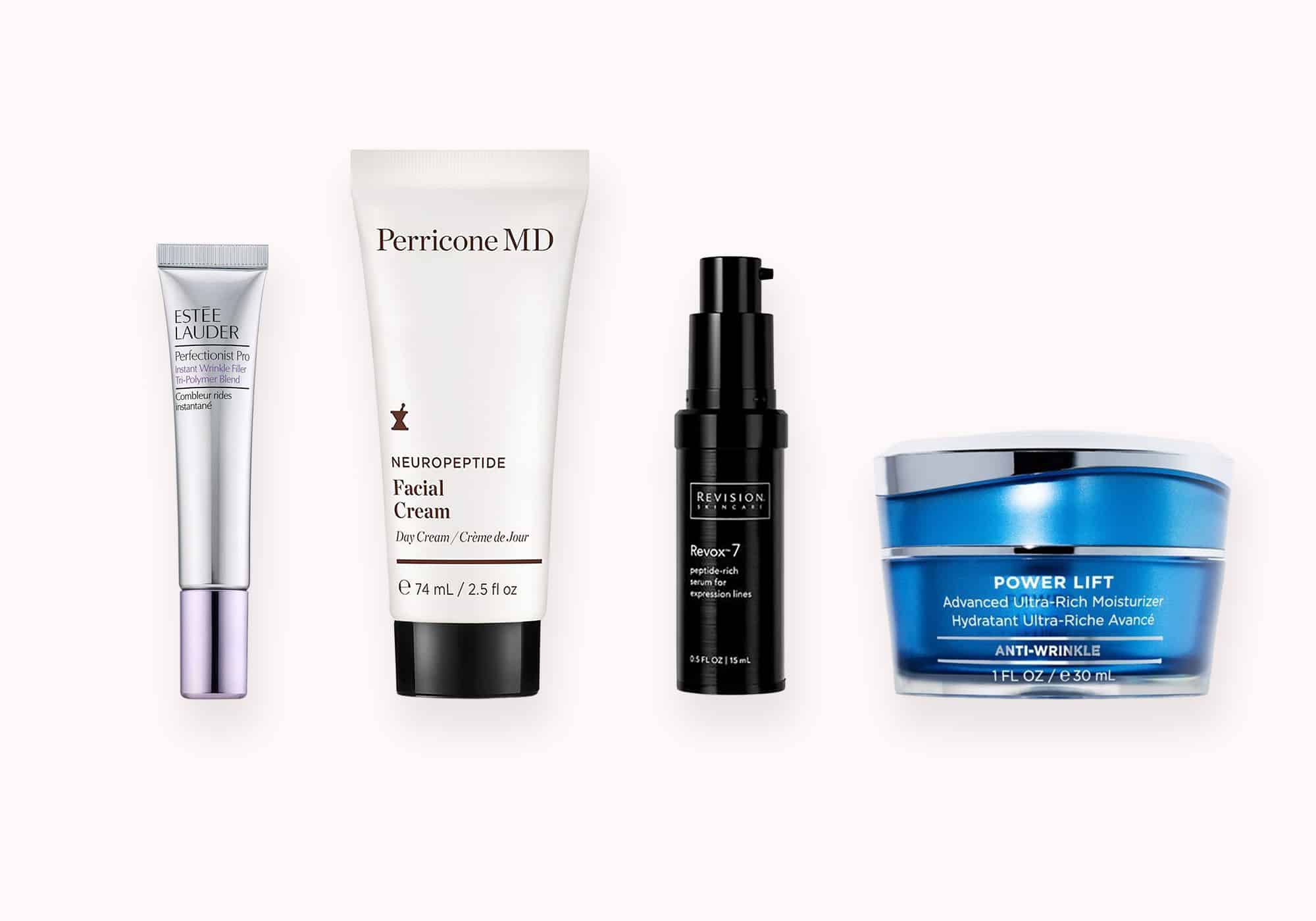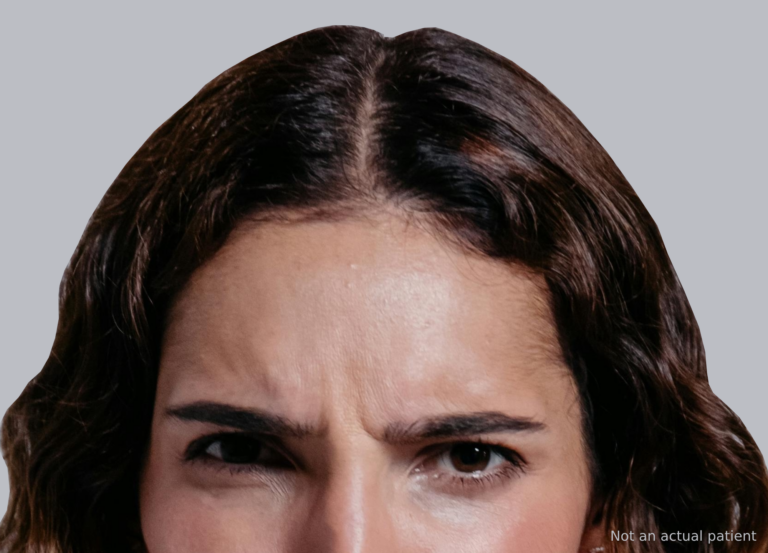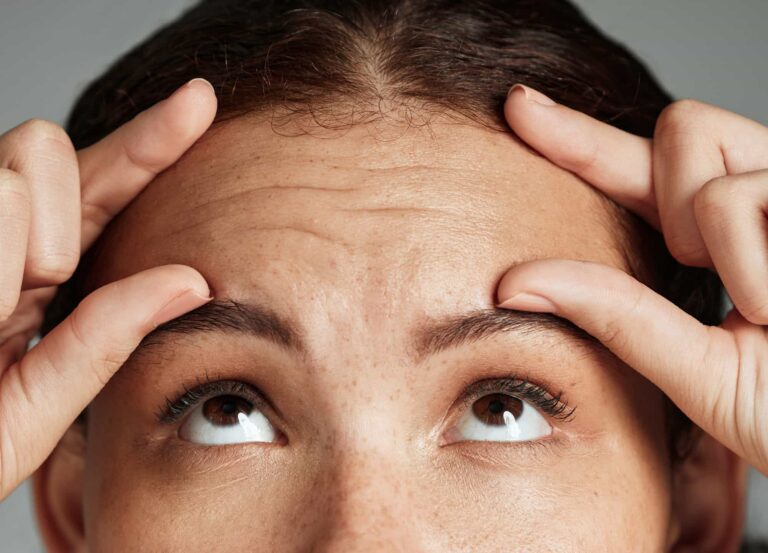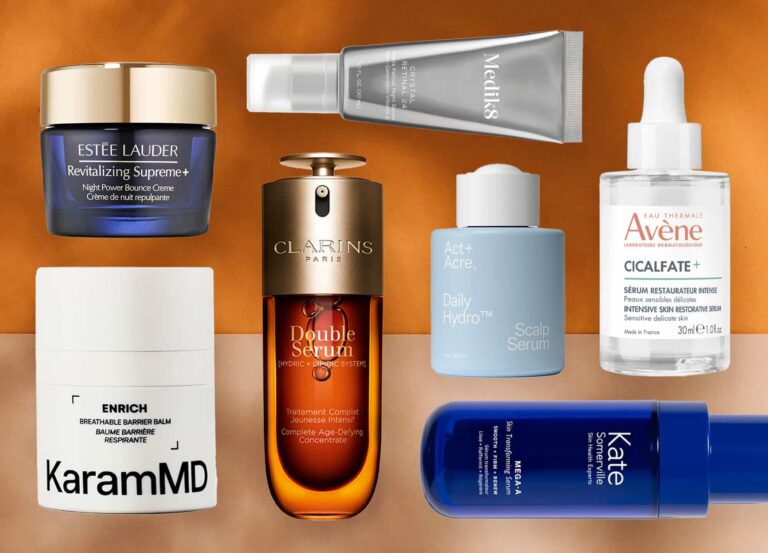For nearly two decades, neurotoxins, like Botox and Dysport, have been an obvious choice for the treatment of wrinkles and fine lines. But for as long as they’ve been around, beauty brands and consumers alike have also been searching for at-home alternatives that rival the muscle-relaxing shots—often referred to as “Botox in a bottle.” In recent years, there’s been a long list of ingredients promising to do the trick—and at the very top of that list are neuropeptides. As an umbrella term, they are found in many skin-care products—but what they are and how they work isn’t always clear. We asked experts to shed some light on the technology.
What are neuropeptides?
“Neuropeptides are a heterogeneous group of peptides—or short chains of amino acids—that act as chemical messengers,” says Dr. Hadley King, a board-certified dermatologist in New York City. “In the skin, they can be synthesized by [epidermal cells called] keratinocytes or endothelial cells [which line blood vessels], or they can be released into the skin from the nerve endings.” There has been no shortage of research conducted on these peptides. Some studies have shown them to be capable of stimulating collagen production in the skin; others have found they can exert a Botox-like effect by inhibiting the release of neurotransmitters that enable facial muscles to form wrinkles.
There are many different kinds of neuropeptides, but of those that have been most heavily studied, there are a few that appear to outshine the rest, including Matrixyl (palmitoyl pentapeptide-4) and Argireline (acetyl hexapeptide-3 or acetyl hexapeptide-8). “Matrixyl has been shown to stimulate collagen production, but additional independent research is needed, to prove the efficacy,” Dr. King says. “Argireline is supposed to be able to diminish the creasing that causes fine lines by having an effect similar to Botox.”
The dermatologist also points to palmitoyl oligopeptide, a peptide that both promotes the production of collagen and hyaluronic acid in the skin and helps protect from the damaging effects of the sun’s UV rays. Additionally, there’s palmitoyl tetrapeptide-7, which is thought to reduce inflammation and stimulate skin regeneration, and copper peptides, believed to enhance wound healing as well as increase skin elasticity and firmness.
How do neuropeptides work?
When applied topically, neuropeptides have the potential to fight signs of aging on skin. While they’re said to mimic the effects of Botox, they do not actually freeze the face or immobilize muscles. Instead, “neuropeptides are able to attach to receptors that can modulate production of inflammatory cytokines, wound healing, cellular proliferation, and other processes within our skin,” explains Dr. Ava Shamban, a board-certified dermatologist in Beverly Hills, California. And more important, they can influence the release of neurotransmitters—specifically, those that lead to facial muscle contractions and cause wrinkles. “Technically and clinically, when applied to the actual muscle, we have seen its ability to relax the contractions, but the problem is the delivery and getting it there topically,” Dr. Shamban notes. “While it is a relatively small molecule, our skin is a formidable barrier, so actually getting to the muscle or expecting any effect like [that of] an injectable neuromodulator is just not feasible.”
How do neuropeptides compare to neurotoxins?
While both neuropeptides and neurotoxins are proteins released as chemical messengers from our nerve cells in order to regulate, modulate, or inhibit certain functions, they are very different. “There are hundreds of neuropeptide complexes, some of which we actually produce naturally,” says Dr. Shamban. “Botox—[and all] of the botulinum toxins—on the other hand, are potent neurotoxin proteins that are derived from the Clostridium botulinum bacterium. Their introduction into the muscle interferes with and basically paralyzes the muscle through neural transmission.” Neurotoxins block the release of the principal neurotransmitter at the neuromuscular junction, which causes contraction and movement, and the intramuscular administration (injection) binds to receptors and inhibits the release of acetylcholine.
Neuropeptides are not a replacement for neurotoxins. “If you could remove your skin and apply [neuropeptides] directly onto the muscle, you would see the same effect [as neurotoxins], but topically, they are no match for the protective layers of our skin,” says Dr. Shamban. However, that doesn’t mean that they aren’t valuable in a skin-care routine.
Who should use neuropeptides?
“Neuropeptides are a great option if you aren’t interested in neuromodulator injections,” says Dr. King. “But they’re also a great option if you’re already getting neuromodulator injections and are using them in tandem, because they may be able to help your results last longer.” Dr. Shamban believes skin-care products with neuropeptides can be particularly helpful for those looking to fight signs of aging before they even arrive. “Really, they’re a great addition for anyone who wants to improve texture, surface lines or wrinkles, or inflammation and support collagen production and fibroblast communication,” she says.
The best neuropeptide products
HydroPeptide Power Lift Moisturizer ($99)
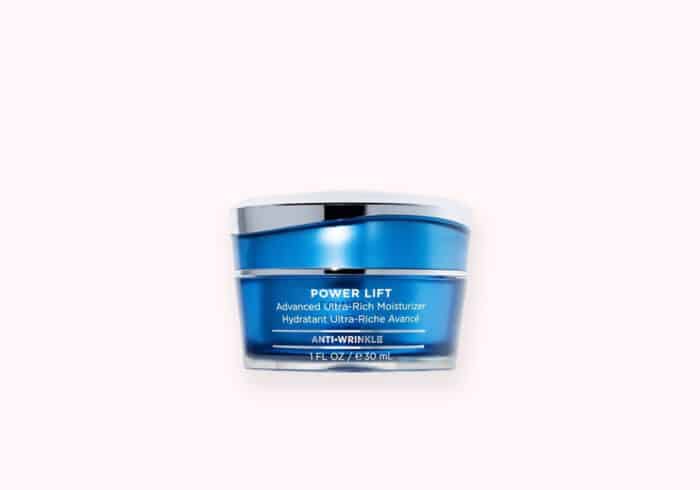
This nutrient-rich moisturizer is formulated with powerful neuropeptides, like hexapeptide-10, to lessen the appearance of fine lines and slow the formation of new ones. Hyaluronic acid, pineapple ceramides, and shea butter deliver maximum hydration and lock in moisture, to protect skin’s texture and barrier function.
Perricone MD Neuropeptide Facial Cream ($240)

This peptide-packed formula is designed to firm skin and fight wrinkles. Neuropeptides, including acetyl tetrapeptide-9, work alongside DMAE, a compound that’s naturally produced by the human brain and is thought to reduce the appearance of wrinkles, and glycolic acid in order to exfoliate, hydrate, and plump skin and improve the appearance of skin that’s lost elasticity and volume.
Murad Revitalixir Recovery Serum ($89)
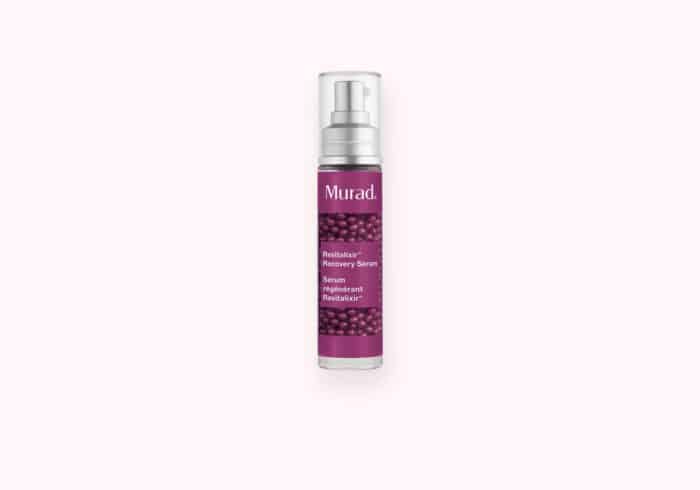
With a blend of neuropeptides, paracress, and cannabis sativa seed oil, this face and eye serum smooths skin while simultaneously moisturizing it and refining its texture. The unique delivery system, which features spheres that are jam-packed with these helpful ingredients, helps reduce under-eye puffiness and dark circles, smooth stress lines, and renew overall vibrancy.
The Ordinary. “Buffet” ($14.80)
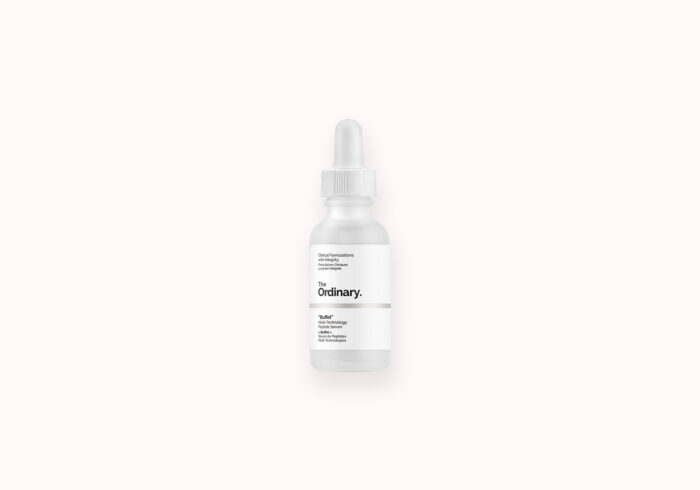
With a peptide complex that includes the highly studied Matrixyl 3000, this multitasking serum helps reduce fine lines, boost hydration, fade pigmentation, and smooth skin. Additional probiotics, amino acids, and hyaluronic acid provide barrier support.
Estée Lauder Perfectionist Pro Instant Wrinkle Filler with Tri-Polymer Blend ($56)
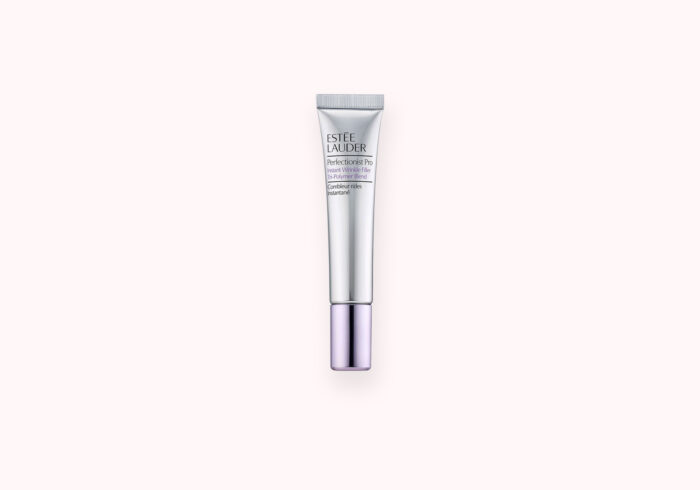
With a precision applicator, a tripolymer blend of peptides, sodium hyaluronate, and more, this silky cream fills and blurs wrinkles fast.
Revision Skincare Retox 7 ($130)
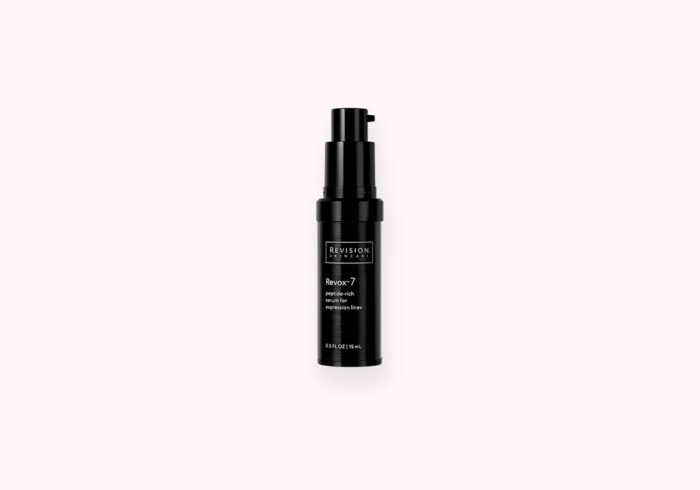
A favorite of Dr. King, this clinically proven topical helps smooth the appearance of expression lines with seven different peptides. “The studies show that it softens the appearance of seven types of expression lines: forehead lines, glabellar frown lines, crow’s-feet, bunny-nose lines, nasolabial laugh lines, lip lines, and marionette lines,” the dermatologist adds.







